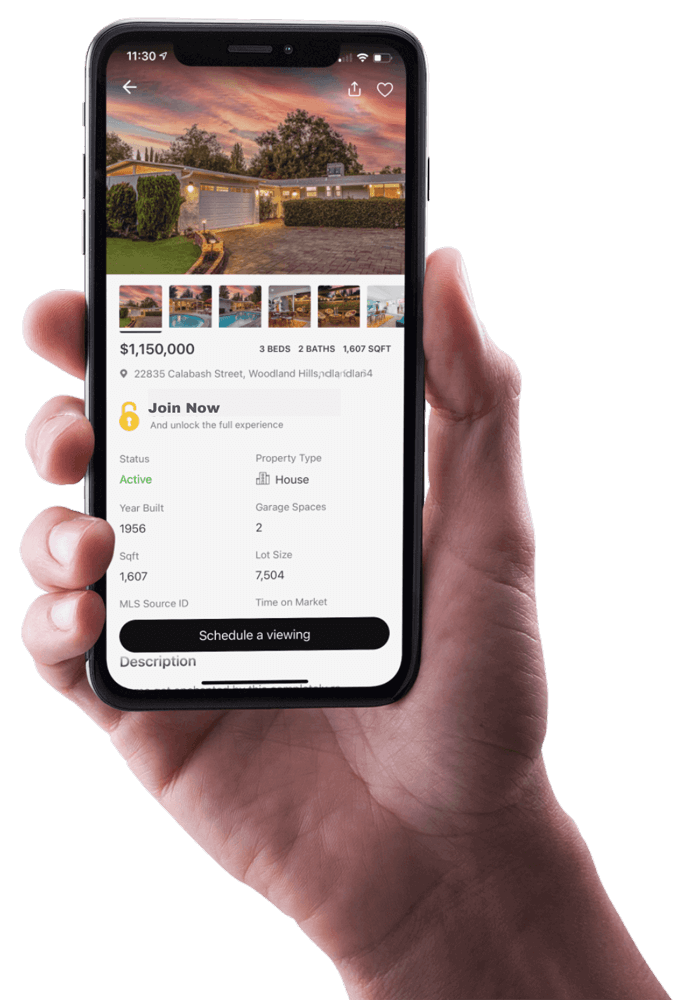
The correlation between interest rates and the housing market is an important aspect to consider when lookin for housing in St. George Utah. Interest rates have a significant impact on the price of homes, as well as the monthly mortgage payments of Utah homeowners. It is important to understand the reasons behind this relationship. The price of homes can be affected by various factors, but one of the primary contributing factors is the interest rate. This is particularly true for 15 or 30 year loans, as even a small fluctuation in interest rates can result in significant changes in the amount of interest paid. It can also affect the monthly payments of homeowners.
When interest rates are low, home prices tend to be high. This was evident in the current housing market, where someone looking to purchase a home in St. George Utah could get a 3 percent interest rates which at the the time was all-time low and home prices were skyrocketing. Conversely, when interest rates increase, home prices tend to decrease. This is a natural occurrence due to the consumer perception of affordability. The affordability of a home is determined by what the consumer believes they can afford, which is often determined by the monthly payment they are willing to make. For instance, if a consumer is comfortable with a $1,500 monthly mortgage payment, a decrease in interest rates could allow them to purchase a more expensive home while still maintaining that same payment amount.
Interest rates play a vital role in determining the monthly mortgage payments of homeowners. A small fluctuation of just 1% can result in a significant difference in monthly payments for a 15 or 30 year loan. For instance, if a homeowner finances $300,000 at 4% interest over 30 years, their monthly payment will be around $1,400 and they will pay approximately $215,000 in interest over the life of the loan. However, if they were able to finance that same amount at 3% interest, their monthly payment would decrease to $1,265, a savings of $150 per month. Furthermore, their total interest paid over the life of the loan would decrease to $155,000.
For current Utah homeowners, refinancing is an option worth considering. Refinancing at a lower interest rate could result in significant savings on monthly payments and interest over the life of the loan. In some cases, the savings could even cover the closing costs associated with refinancing. For prospective homeowners, it is important to consider how interest rates could impact their monthly payments and the overall cost of their home. While lower interest rates may make it feel like a good value, it is important to remember that home prices could still be higher, resulting in an overall higher cost for the home.
In conclusion, understanding the relationship between interest rates and the housing market is crucial for homeowners and prospective homeowners alike. Interest rates can affect the price of homes and monthly mortgage payments, making it essential to consider when making important financial decisions. By staying informed and seeking advice from trusted professionals, individuals can make informed decisions about their housing investments.
It is important to keep in mind that, even though you may be saving a significant amount on interest, purchasing a more expensive home still requires careful consideration of the total home costs. This means assessing both the home's price and the amount of interest you will pay. By comparing these figures, you can determine whether the more expensive home is truly the better value.
To illustrate this point, let's take a look at an example. Say you are considering two homes: one priced at $400,000 with a 4% interest rate, and another priced at $475,000 with a 3% interest rate. While the lower interest rate may seem appealing, it's important to take into account the total cost of the home. In this case, the $400,000 home with the higher interest rate will cost a total of $687,000 (including both the home price and interest), whereas the $475,000 home with the lower interest rate will cost a total of $721,000. As you can see, the cheaper home is still the better value overall.
While all of this information may seem overwhelming, there are simple tools available to help you navigate the math. One easy option is to use an online loan calculator, which allows you to plug in different scenarios and see how they impact your monthly payments and total costs. This way, you can determine for yourself which home is more affordable and make an informed decision.
Understanding the role of interest rates in home purchasing is crucial, as it can significantly impact both your monthly payments and the total cost of your home.
Related Articles:
- Window Treatment Ideas That Can Boost Your Homes Worth
- Deciding To Sell Or Keep Your Rental Property
- The Cost Of Living In Utah Vs California
- The Real Reasons Why People Are Leaving Utah
- Unlocking The Benefits Of Va Loans
- How To Sell Your Utah House Fast
- 10 Strategies To Paying Off Your Mortgage Faster
- Maximizing Your Returns The Top 9 Tax Deductions For Real Estate Investors
- Why Smart Buyers Choose Homes With Investment Potential
- Navigating Big Changes In The US Housing Market Insights And Trends For 2025
- How Glass Railings Can Increase Your Homes Value
- 10 Lies That Realtors Tell Home Sellers








